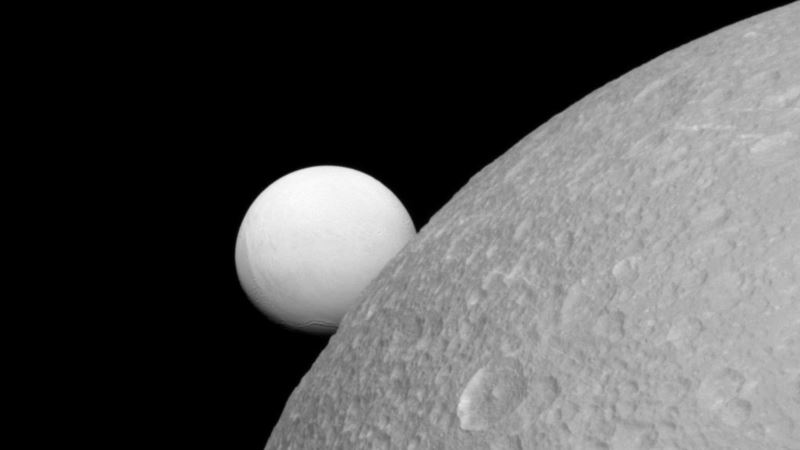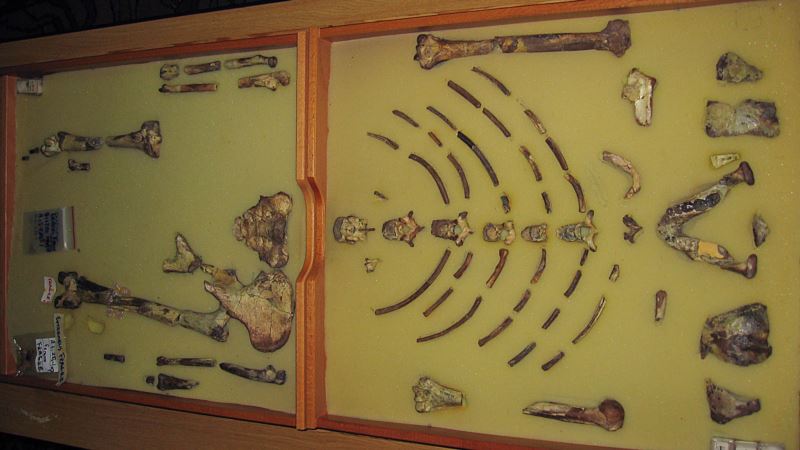A third Saturn moon may have a subsurface ocean with potential for life, researchers say. Using gravity data from the Cassini probe, researchers at the Royal Observatory of Belgium say Dione joins Titan and Enceladus as Saturn moons likely having subsurface oceans. Researchers say Dione’s ocean is likely 100 kilometers beneath the surface, "several tens of kilometers deep" and surrounds a rocky core. Unlike Enceladus, which has geysers of water that spurt from the southern polar region, Dione appears “quiet” now, but researchers say it likely had a more active past. Enceladus’ ocean, according to researchers, is likely much closer to the surface, particularly in the southern polar regions where the icy crust might be only a few kilometers thick. One way Enceladus’ ocean was discovered was by observing “large back-and-forth oscillations, called libration.” If the libration was smaller on the moon, it would likely mean the crust was thicker. "Like Enceladus, Dione librates but below the detection level of Cassini," said Antony Trinh, co-author of the new study. “A future orbiter hopping around Saturn’s moons could test this prediction.” Dione’s ocean has likely been there since the moon formed, researchers said, adding that it could be host to microbial life. "The contact between the ocean and the rocky core is crucial," said Attilio Rivoldini, co-author of the study. “Rock-water interactions provide key nutrients and a source of energy, both being essential ingredients for life.” The study was published online this week in Geophysical Research Letters.
Researchers Discover Subsurface Ocean on Saturn’s Dione Moon






